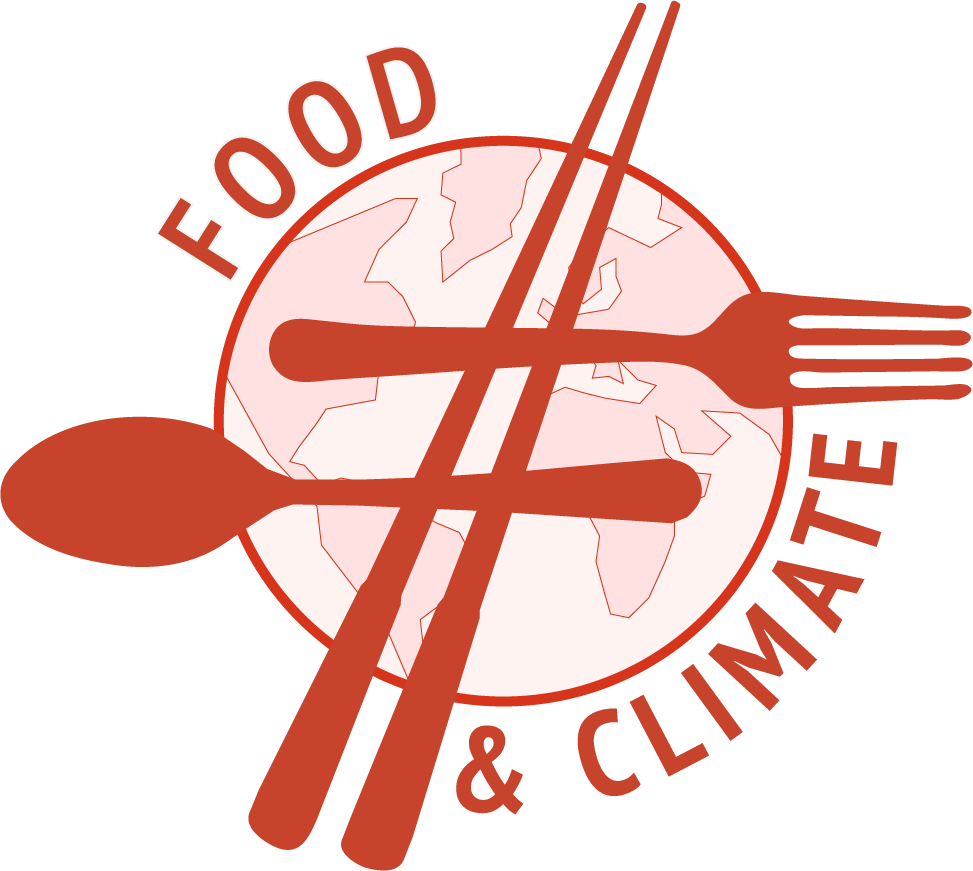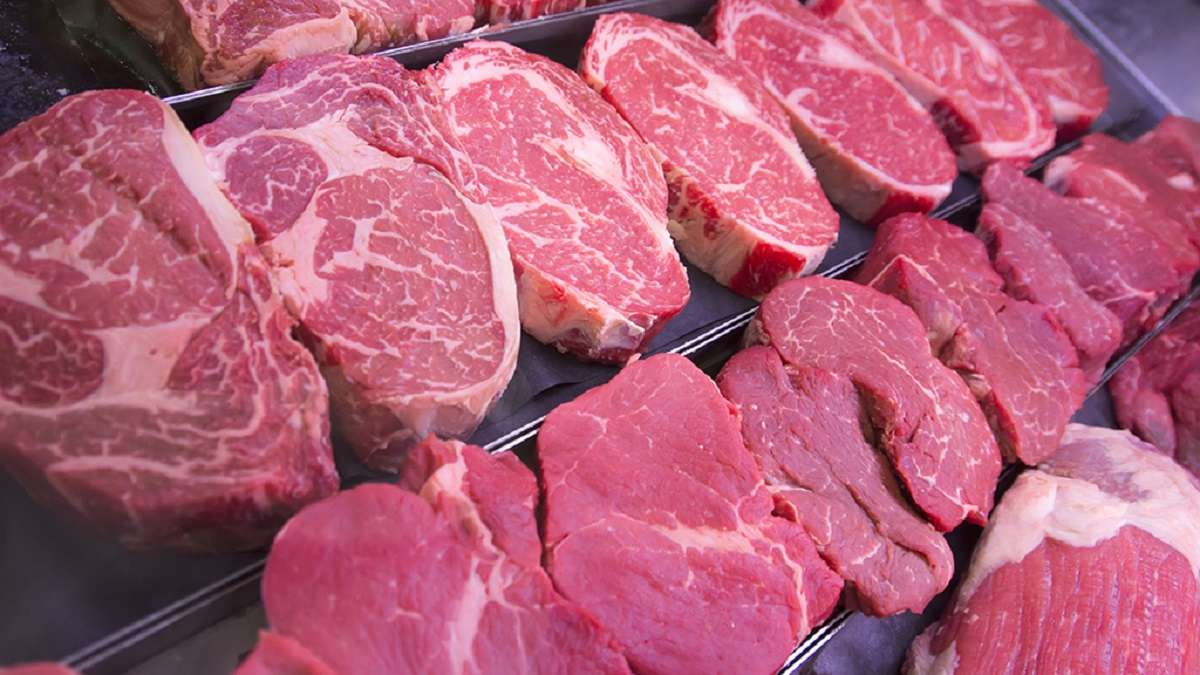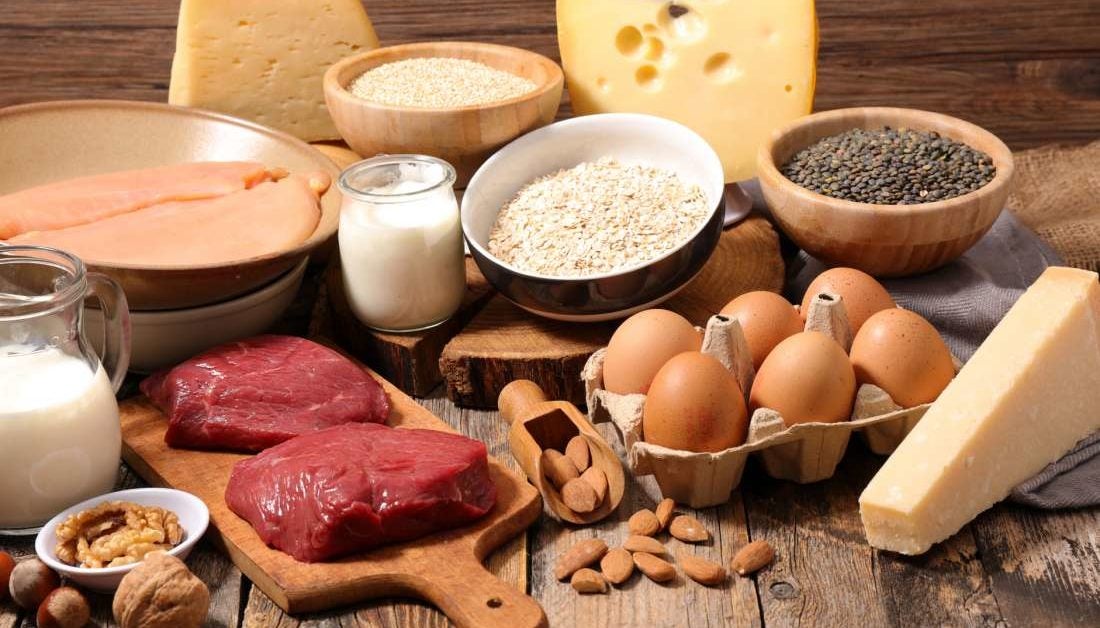

The aurochs originally ranged throughout Europe, North Africa, and much of Asia. However, cattle cannot be successfully hybridized with more distantly related bovines such as water buffalo or African buffalo. The hybrid origin of some types may not be obvious – for example, genetic testing of the Dwarf Lulu breed, the only taurine-type cattle in Nepal, found them to be a mix of taurine cattle, zebu, and yak. Hybrids such as the beefalo breed can even occur between taurine cattle and either species of bison, leading some authors to consider them part of the genus Bos, as well. Hybrid individuals and even breeds exist, not only between taurine cattle and zebu (such as the sanga cattle ( Bos taurus africanus x Bos indicus), but also between one or both of these and some other members of the genus Bos – yaks (the dzo or yattle ), banteng, and gaur. Ĭomplicating the matter is the ability of cattle to interbreed with other closely related species.


However, more recent studies support them as being three distinct species, which is the classification followed by the American Society of Mammalogists. They were later reclassified as one species, Bos taurus, with the aurochs and zebu as subspecies. The aurochs is ancestral to both zebu and taurine cattle. Ĭattle were originally identified as three separate species: Bos taurus, the European or "taurine" cattle (including similar types from Africa and Asia) Bos indicus, the Indicine or "zebu" and the extinct Bos primigenius, the aurochs. In 2009, cattle became one of the first livestock animals to have a fully mapped genome. Cattle are the main source of greenhouse gas emissions from livestock, and are responsible for around 10% of global greenhouse gas emissions. According to the Food and Agriculture Organization (FAO), there are approximately 1.5 billion cattle in the world as of 2018. Another product of cattle is their dung, which can be used to create manure or fuel.Īround 10,500 years ago, taurine cattle were domesticated from as few as 80 progenitors in central Anatolia, the Levant and Western Iran. They are used as riding animals and draft animals ( oxen or bullocks, which pull carts, plows and other implements). In colloquial speech however, cow is sometimes used as a common name for the species as a whole.Ĭattle are commonly raised as livestock for meat ( beef or veal, see beef cattle), for milk (see dairy cattle), and for hides, which are used to make leather. In taxonomy, adult females are referred to as cows and adult males are referred to as bulls. They are a prominent modern member of the subfamily Bovinae and the most widespread species of the genus Bos. Fiber aids in digestion, promotes a healthy gut microbiome, and is strongly associated with lower cardiovascular disease risk.Cattle, taurine cattle, Eurasian cattle, or European cattle ( Bos taurus or Bos primigenius taurus) are large domesticated cloven-hooved herbivores.

(Except for things like tofu, which is processed, Giancoli notes.) Let’s not forget the fiber. They also have one thing that animal proteins completely lack: fiber. That’s because, pound-for-pound, they pack more nutrients into fewer calories. Given their equal vitamin profile, Andrea Giancoli, a registered dietitian in California says plant-based proteins are far healthier than their meat counterparts. You can get B12 from edible seaweed and in fortified cereals, though the easiest way is through supplementation or by eating animal products. The biggest difference is vitamin B12, which most plants cannot produce on their own.
#Long term studies prove meat and dairy live longer full
That’s because these foods are also packed full of a similar spectrum of nutrients. But here’s the thing: If you swap all that animal protein for an equally diverse diet of plant-based proteins like nuts, seeds, and beans, you are no worse off.


 0 kommentar(er)
0 kommentar(er)
